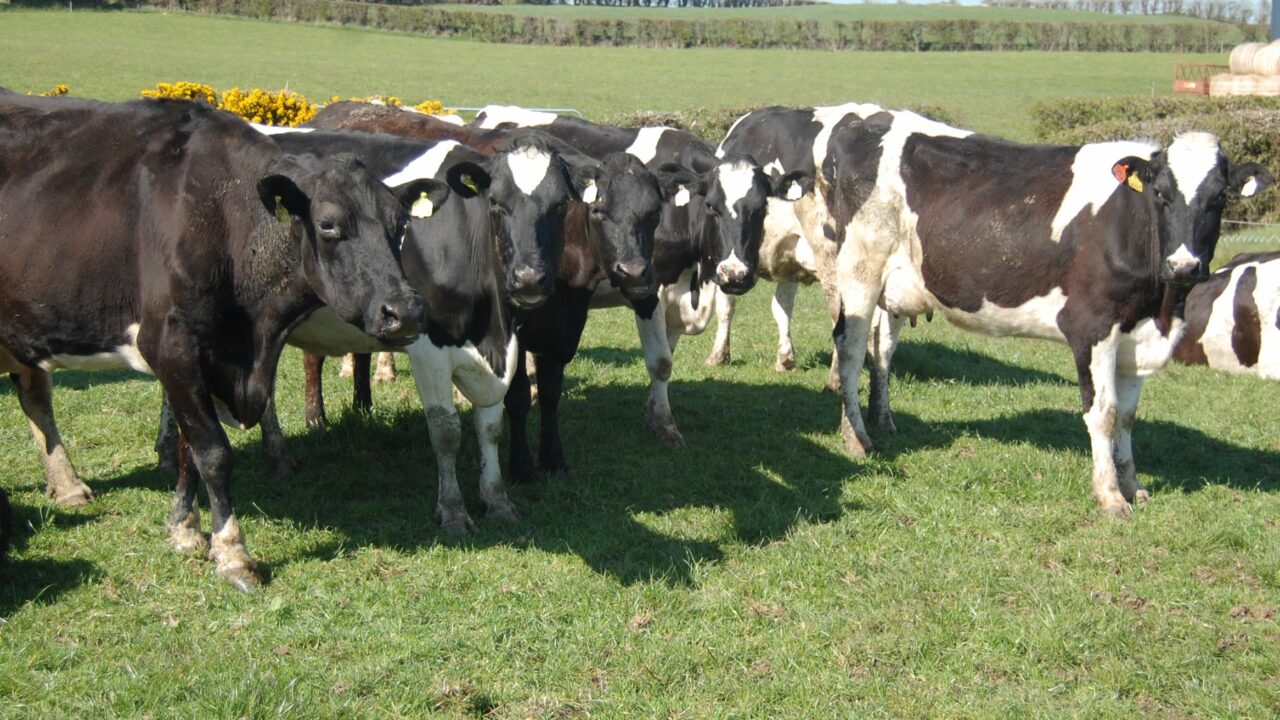Heifer care is often overlooked when it comes to digital dermatitis management, experts say.
Digital dermatitis often leads to lameness, which decreases milk production and fertility rates in dairy cattle therefore early detection, prevention and treatment are essential.
According to Arturo Gomez, a dairy vet, many dairy operations in both Europe and the US have no protocol for bringing in new heifers and little awareness about the need to be managing the disease in young stock.
Both heifer care and cow care are crucial to managing digital dermatitis on a farm, Gomez said.
“In particular, research has shown that a greater emphasis on improved heifer nutrition and hygiene management can greatly improve animal performance and decrease susceptibility to digital dermatitis later in life,” he said.
Gomez was speaking at a recent event in Germany on digital dermatitis. Also speaking at the event was Professor of Veterinary Anatomy at the University of Leipxig Christoph Mulling.
Improved mineral nutrition can bolster the skin’s integrity and fortify its function as a barrier against the disease.
“Improper footbathing practices will not decrease the incidence of digital dermatitis but rather could damage the skin and impair its barrier function,” he said.
Speakers at the event emphasised the need to apply a multi-pronged approach to digital dermatitis management, including footbathing, hoof trimming and topical treatments, in addition to improving hygiene, housing and nutritional practices.
The event was to promote increased understanding about digital dermatitis in Europe and to share effective strategies to manage this common infectious foot disease in dairy herds.

